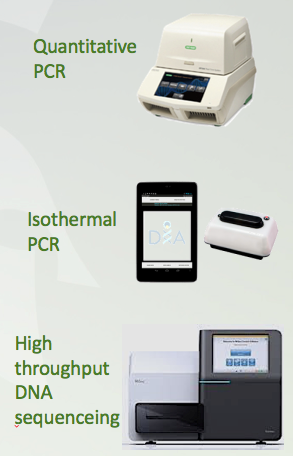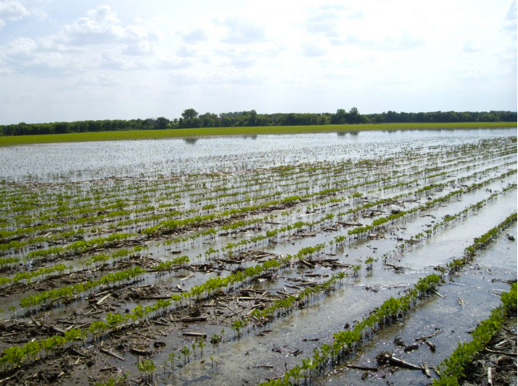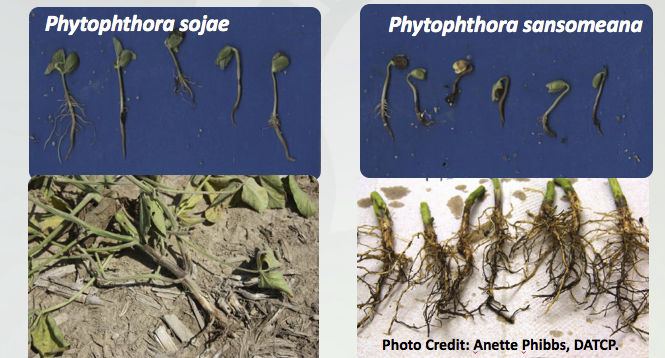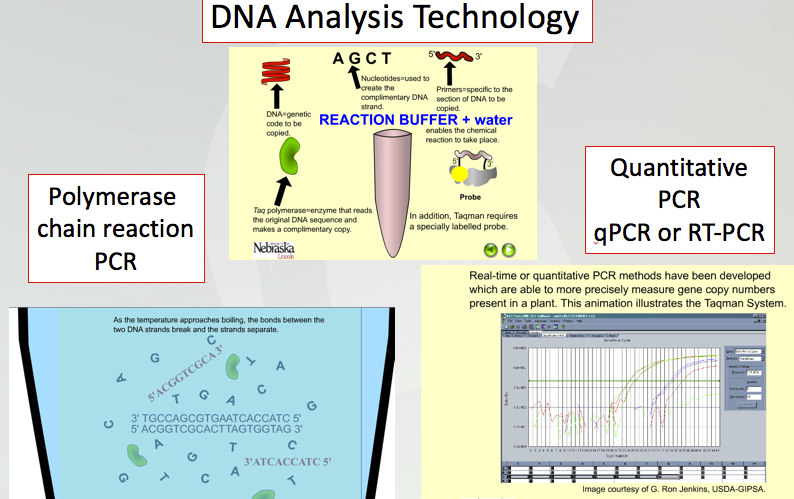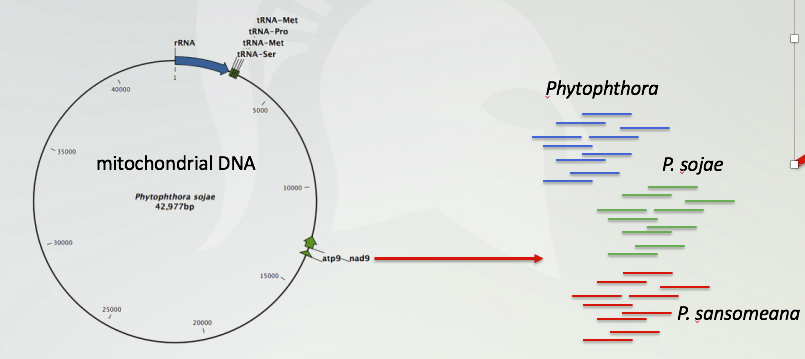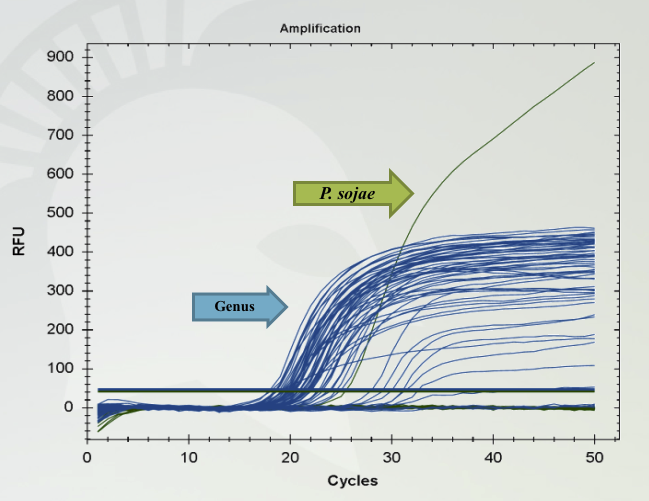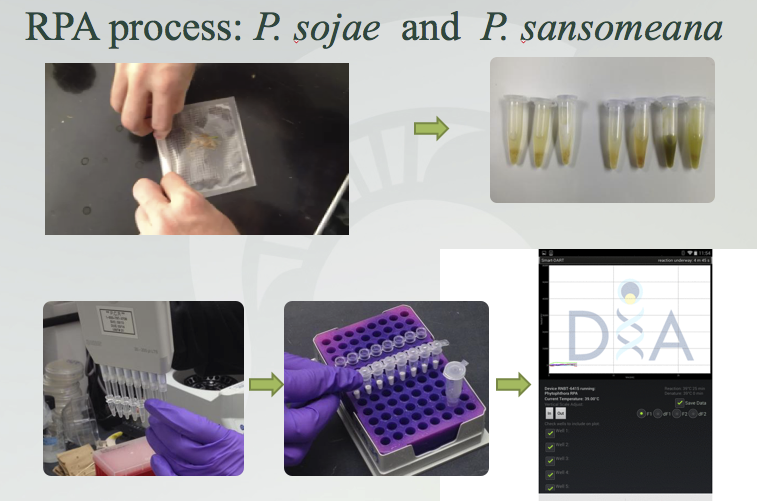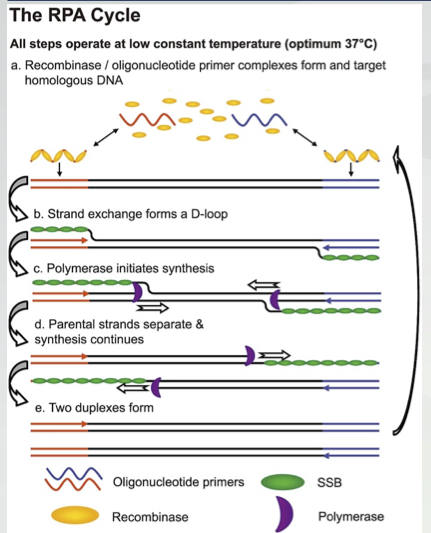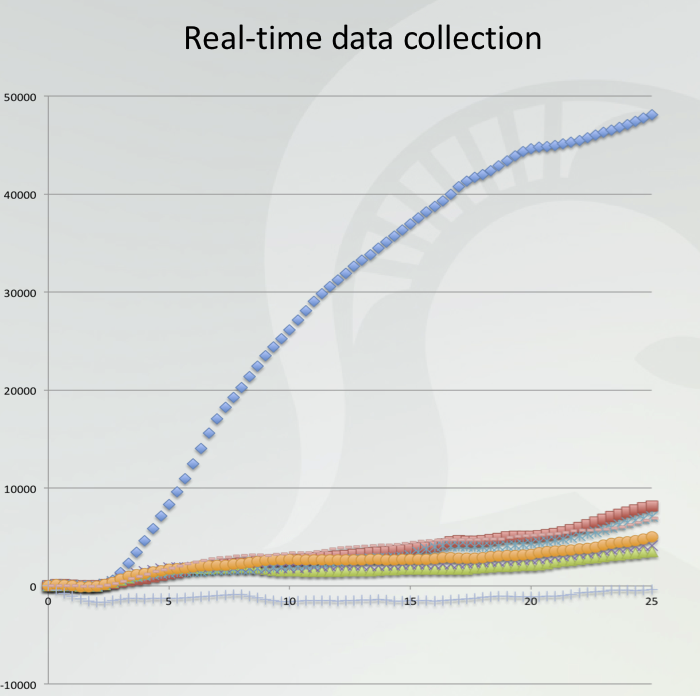Part 4 Quiz
This quiz will test your knowledge of plant disease diagnostics at the molecular level.
Oomycete Molecular Diagnostics Quiz
Quiz-summary
0 of 15 questions completed
Questions:
- 1
- 2
- 3
- 4
- 5
- 6
- 7
- 8
- 9
- 10
- 11
- 12
- 13
- 14
- 15
Information
This quiz will test your knowledge of molecular diagnostics.
You have already completed the quiz before. Hence you can not start it again.
Quiz is loading...
You must sign in or sign up to start the quiz.
You have to finish following quiz, to start this quiz:
Results
0 of 15 questions answered correctly
Your time:
Time has elapsed
You have reached 0 of 0 points, (0)
Categories
- Not categorized 0%
- 1
- 2
- 3
- 4
- 5
- 6
- 7
- 8
- 9
- 10
- 11
- 12
- 13
- 14
- 15
- Answered
- Review
-
Question 1 of 15
1. Question
Match the instrument with its use in a procedure or experiment.
A. Quantitative PCR
B. Isothermal PCR
C. High throughput DNA sequencing(Rank in the order that matches alphabetical order in the question.)
-
Perform a test in the lab to determine both the presence and relative abundance of an Oomycete species.
-
Perform a test in the field to determine of an Oomycete species is present
-
Run an experiment that identifies many different species of Oomycetes at the same time.
Correct
Incorrect
-
-
Question 2 of 15
2. Question
Why would an agronomist conduct an isothermal PCR test on soybean plants sampled from this part of the field?
Correct
Incorrect
Hint
Can the agronomist wait for their answer?
-
Question 3 of 15
3. Question
Why would a farmer want to be able to determine which of these Phytophthora species are present in their field?
Correct
Incorrect
Hint
Compare the biology of these two species.
-
Question 4 of 15
4. Question
Correct
Incorrect
Hint
PCR stands for Polymerase Chain Reaction.
-
Question 5 of 15
5. Question
A PCR based test can detect Phytophthora and differentiate P sojae from sansomeana. The reason this test can differentiate between the two Phytophthora species is because…
Correct
Incorrect
Hint
The blue, green and red lines in the image represent genus or species specific primers for PCR.
-
Question 6 of 15
6. Question
Which is the best explanation of how qPCR will work to detect the P. Sojae or the P. sansomena from a soil sample?
Correct
Incorrect
Hint
The DNA made in qPCR is detected when the probes are copied into the molecules.
-
Question 7 of 15
7. Question
In order for the sojae (green) or the P. sansomena (red) probes to do the detection work they are designed for, this region of this atp9 mitochondrial gene must be..
Correct
Incorrect
Hint
The atp9 gene encodes an important protein for all Oomycete species.
-
Question 8 of 15
8. Question
Above is the result of a qPCR run from a single soil sample. What would the run ‘output’ result have looked like if there was NO sojae present in the sample?
Correct
Incorrect
Hint
The qPCR thermal cycle detects the DNA as it is getting made by the probe incorporating into the strand and emitting a signal.
-
Question 9 of 15
9. Question
Above is the result of a qPCR run from a single soil sample. What would the run ‘output’ result have looked like if the sojae was present at a higher concentration in the sample?
Correct
Incorrect
Hint
The results of this kind of PCR are plotted in real time… once copies start getting made, these copies can be templates for copies made in the next round.
-
Question 10 of 15
10. Question
Correct
Incorrect
Hint
This shows the steps in Isothermal PCR.
-
Question 11 of 15
11. Question
Correct
Incorrect
Hint
What is the function of the Recombinase in the diagram above?
-
Question 12 of 15
12. Question
Correct
Incorrect
Hint
PCR uses a heat cycle to denature double stranded DNA and a cooler temperature to promote DNA synthesis
-
Question 13 of 15
13. Question
An agronomist is conducting an Isothermal PCR test with real time data collection in the field and want to determine if the soil has sonsomeana. What should they place in the Isothermal PCR reaction compartment to conduct this test?
Correct
Incorrect
Hint
The P. sojae primer that binds to sequence 180-215 would used to detect P. sojae DNA.
-
Question 14 of 15
14. Question
Assume that the test set up correctly in question #13 is performed and the result above is obtained. This test is then repeated on a sample that has sojae BUT DOES NOT HAVE P. sonsomeana. What would be the expected result on this second sample?
Correct
Incorrect
Hint
Isothermal PCR is both qualitative to provide a presence or absence answer and quantitative to reveal how much of a specific DNA segment is present in a sample.
-
Question 15 of 15
15. Question
The Taqman qPCR is a powerful diagnostic test because it is sensitive and specific. The data above are from an experiment where both Taqman qPCR and RPA Isothermal PCR are performed on the same samples. Based on the data above, how often would an agronomist get a false positive on an Isothermal PCR?
Correct
Incorrect
Hint
False positive means the test indicates it is present when it is not.
